Why do apples on trees rot and what to do?
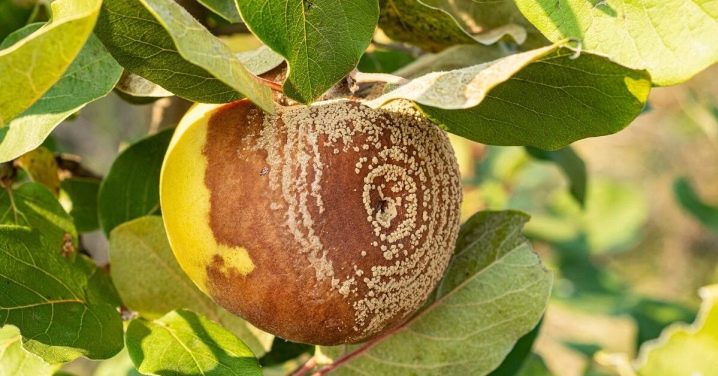
Anyone, even a seasoned gardener, can face rotting apples still growing on a tree. In order not to lose the entire crop, this problem should be solved immediately.
Main reasons
As a rule, the reason that apples rot and burst on a tree is the effect of various kinds of fungi. Parasites spend the winter hiding on old foliage or branches left on the ground, and then with the help of wind, water and insects, they spread throughout the season through healthy trees. Sometimes the cause of a fungal disease in the garden can be the gardener himself, who brought infections on the soles of his shoes.
First of all, fruit rot on an apple tree is provoked by moniliosis, also known as wet fruit rot. The most obvious symptoms appear on apples when they begin to ripen.
First, the surface of one fruit is covered with soft brown specks, rapidly growing in breadth and depth. Putrid spots "move" to neighboring fruits in those areas that come into contact with them. Gradually, the lesions are covered with rounded patterns of light dots. Finally, the spoiled apples, already rotting from the inside out, fall off.
I must say that some fruits on an infected apple tree may look beautiful and healthy from the outside, but putrefactive processes in them still begin after harvesting for storage. The skin of such fruits becomes glossy black, and the flesh becomes brown in color. In dry weather, these fruits practically turn black and dry out. The infection from the mummified fruit spreads to the branches of the tree, which are first covered with specks, and then die.
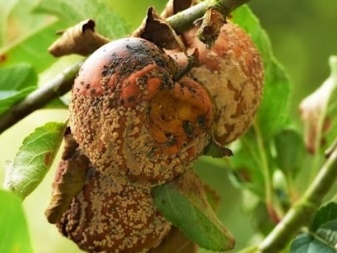
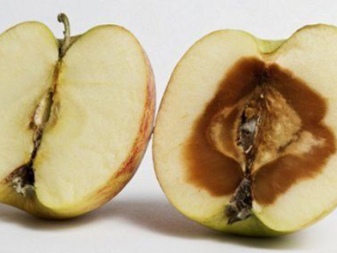
The next reason for apple rot is scab or dry rot. Usually, the active activity of this fungus begins after prolonged rains, and the defeat extends not only to the fruits, but also to the leaf blades with buds. Fungal spores can develop in the temperature range from +2 to +30 degrees, but they feel as good as possible at +19. Visual signs of apple scab appear after flowering. While the leaf blades become stained with bloom and dry out, the fruits are "decorated" with greenish formations with a gray border.
Part of the pulp inside hardens and deforms, and then the fruit cracks. Fruits slow down in development, and their taste characteristics deteriorate significantly. Cracks in apples may continue to appear even after the crop is harvested.
Sometimes the culture is exposed to the fungus of the fly goose. Its infection can be judged by the external changes in the fruit: their surface is filled with black tubercles, reminiscent of the excrement of flies. The disease usually develops in conditions of high humidity, that is, in dense crowns or thickened plantings, or after heavy rainfall. Fruits can also rot if they lack boron. The lack of the required amount of the mineral element leads to chlorosis: yellowing of young foliage and spoilage of apples. In this case, the flesh of the fruit is spoiled by areas of hard brown tissue that can soften over time. Further, cracking and deformation of the fruit occurs, and in the end they, in general, fall from the tree.

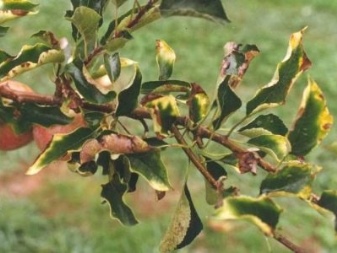
Treatment methods
To treat an apple tree from rot should be based on why it arose.
Mechanical
Fighting rotten fruits is a useless business, you can only get rid of them. Collect rotten carrion and rotten fruit hanging on the branches every day, ideally 2 times. To avoid the spread of the disease, they are burned away from the garden area, or in extreme cases, they are used for long-term composting. In the second case, spoiled fruits are laid out in layers together with fallen leaves, dolomite flour, wood ash, manure and other organic components, then they are sent to infuse for 3-4 years.
Fruits should be removed along with infected branches and leaves, if the latter are present.
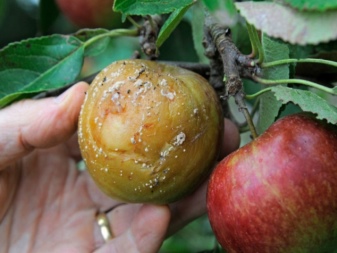
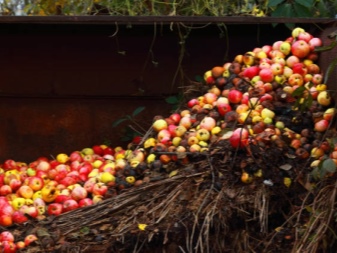
With the help of drugs
If the fruits deteriorate due to insufficient boron content, then the harvest is unlikely to be saved, because the fruits have already formed incorrectly. However, experts still recommend to carry out foliar treatment of plantings with the drug "Mag-Bor", or with boric acid, 20 grams of which were diluted in a bucket of settled water. In the autumn months, in order to prevent the problem from returning the next year, it will be necessary to feed the trees with Borofoskoy. This must be done in such a way that each square meter of the trunk circle can be enriched with 40 grams of the drug. When the apple tree completes its flowering next season, it will need to be sprayed with boric acid.
Conducting boron-containing fertilizing, the culture will be able not only to protect against chlorosis, but also to help with strengthening the immune system.
In other cases, both the apple trees themselves and the territory in which the orchard is located are treated with biological fungicides and folk remedies. In the fight against rot, it is important to use exactly those preparations that are safe for both humans and the environment. Since they contain only beneficial microorganisms in their composition, they are allowed to be used immediately before harvesting. For example, such characteristics are possessed by "Fitosporin", "Alirin" and "Extrasol".
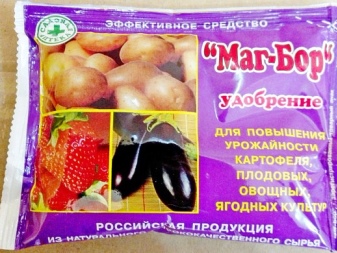
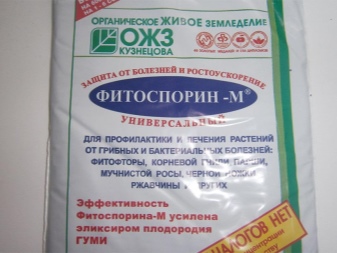
Folk remedies are distinguished by an acceptable cost and environmental safety, plus the components for their manufacture are usually always at hand. While they do not completely rid the tree of rot, they significantly inhibit the spread of rot. As a rule, we are talking about solutions that are used for weekly spraying of tree crowns and tree trunks. For this purpose, in a bucket of water, you can dilute 80 grams of baking soda or 50 grams of its soda ash version. 5-7 drops of iodine tincture are also suitable - you can purchase a pharmacy 5% product.
Its alternative can be "Farmayod", 3 milliliters of which are dissolved in 6 liters of water. Mustard sprays are often carried out. A folk drug is prepared from 50 grams of powder, which is filled with hot water and infused for 48 hours. Of course, it is also filtered before use. At an early stage, a urea solution copes quite effectively with moniliosis. It should be prepared from 650 grams of the substance and 30 liters of settled rainwater. Since the liquid is used for spraying, you can add a few tablespoons of dishwashing liquid to it, which will improve the "sticking" of the drug.
Not only both sides of the leaf plates should be processed, but also the branches.
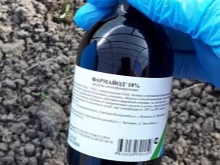
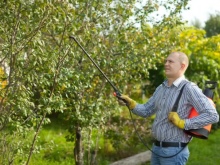
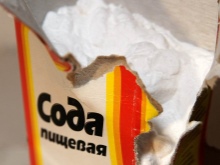
Prevention measures
Prevention of putrefactive processes begins at the stage of selecting a variety for planting. The strongest immunity in relation to moniliosis and other fungal diseases is demonstrated by "Aydared", "Slavyanka", "Uralets", "Babushkino" and several other varieties. Thickened plantings strongly contribute to the development of the disease. This means that apple trees should initially be placed on the site in compliance with the required intervals, and also do not forget about sanitary and formative pruning. Thinning the crown, you need to get rid of all diseased, withered or broken branches.Ideally, the crop should be planted in elevated areas that are regularly ventilated.
The trunks will have to be regularly dug up, fertilized and cleaned of weeds. During the growing season, it is important to remove and burn fallen leaves, broken branches and spoiled buds in a timely manner. Damaged fallen apples are treated in a similar way. Any wounds on trees should be covered with garden varnish in a timely manner.
When harvesting crops for storage, you will have to track that apples with cracks, dents or cracked peels do not fall into the box.
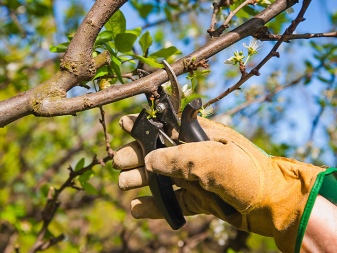
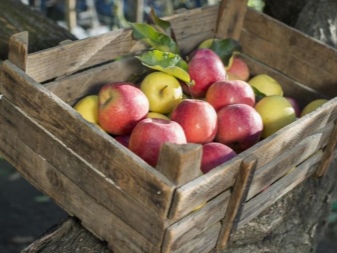
In early spring, the apple orchard is sprayed with preparations containing copper. For this purpose, three percent Bordeaux liquid, "Oxyhom" or "Abiga-Peak" are suitable. In principle, about 2 liters of solution will have to be poured onto each tree. A few days before the start of flowering, trees again need to be sprayed with Bordeaux liquid, but already one percent. Fitolavin can be a good alternative to it. About a month before harvesting, the garden is sprayed with an iodine solution or "Fitosporin-M". In the fall, when all the fruits have already been removed from the tree, the property should be treated with a solution of copper sulfate, 100 grams of which are poured with 10 liters of water. To finally get rid of the remnants of the infection, each tree will need to be irrigated with 2-3 liters of liquid.
In addition, in order not to provoke scab due to iron deficiency, the culture will need to be fed annually with complexes containing iron. For example, it is worth using iron vitriol, 300 grams of which are dissolved in 10 liters of water. The resulting solution is poured into a recess dug around the trunk. The first time the procedure is carried out after the foliage has fallen, and the second - already next spring, but using a weaker composition. The last of 50 grams of powder and a standard bucket of water is being prepared.

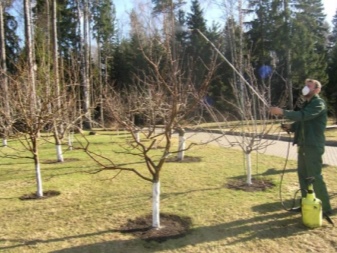
Expert advice
Having found a disease on one of the apple trees, it is necessary to carefully study the state of its "neighbors". If they are also exposed to one of the fungi, it is better to process them together, even at the same time, since the spores easily move from tree to tree with the help of the wind.
So that burns do not appear on the bark of the trunk and leaf blades, it is not worth spraying after irrigation or precipitation.
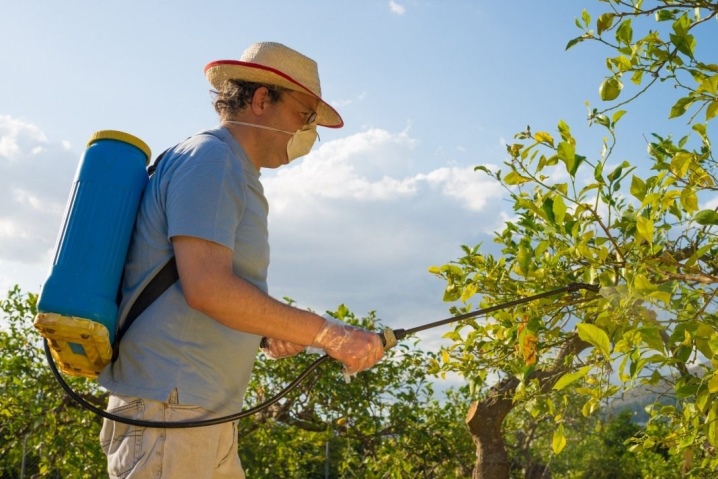













The comment was sent successfully.